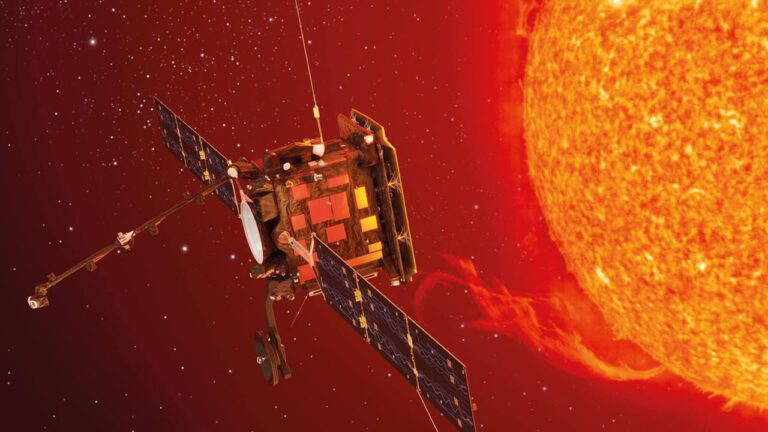
As demand for more resilient satellite communications grows, the industry is pushing toward broadband terminals capable of connecting across multiple orbits—geostationary (GEO), medium Earth orbit (MEO), and low Earth orbit (LEO). These multi-orbit terminals promise greater flexibility and reduced infrastructure needs, but experts warn that consolidating capabilities into a single device can also centralize risk.
“Single point failures are not ideal,” said Steve Gizinski, a Viasat executive, during a panel at the Satellite 2025 Conference held on March 10. “Especially in mission-critical systems — and really for anybody’s connectivity.”
The shift toward all-in-one terminals is largely driven by the need to simplify installations and reduce costs, as well as the operational burden of maintaining separate terminals for different satellite constellations. Companies are racing to shrink antenna sizes, cut power demands, and integrate smarter technology into compact packages.
But some experts caution against an overreliance on singular devices. Ulf Sandberg, managing director at British terminal manufacturer Paradigm, noted that terminals in high-threat zones are becoming more vulnerable. Recalling the early days of the war in Ukraine, Sandberg said it once took about 90 minutes for LEO terminals to be targeted after activation—now that window has shrunk to just four minutes.
This increasing risk has pushed terminal developers to adopt countermeasures. Flat-panel antenna maker Kymeta, for instance, uses metamaterials to reduce power consumption, limiting the thermal signatures that adversaries can track.
“One of the key value propositions for us is lower power,” said Kymeta CEO Rick Bergman. “One way you can be detected is by thermal footprints.” Kymeta’s single-array design also helps reduce detection risk and jamming, allowing for tighter beams and fewer vulnerable points compared to traditional multi-aperture setups.
Despite these advancements, industry leaders like Glenn Katz, chief commercial officer at Telesat, argue that true network resilience depends on more than just terminal design.
“If you need 99.99% availability or reliability at a particular location, you have to have diverse connectivity,” said Katz. He emphasized that even the best terminal feeds into a customer’s core system, where a single equipment failure could take down the entire connection.
This sentiment was echoed by Milo Medin, former NASA project manager and founder of Logos Space, who is leading efforts to develop a satellite broadband constellation. Medin believes networked redundancy is more effective than cramming multiple functions into a single terminal.
“Why in the world do you want to put all that stuff in one box?” Medin asked. “Have multiple terminals and use a network. If one fails, you’ve got other paths.”
Medin also pointed out that operating multiple terminals across different frequency bands, such as V-band for LEO and Ku-band for GEO, is now more feasible due to modern networking tools and cloud integration. In many cases, he argued, using several simpler terminals may be more cost-effective and easier to manage than developing a highly complex all-in-one device.
As the satellite industry moves forward, the trade-off between convenience, cost, and reliability will shape whether multi-orbit terminals deliver on their promise—or simply create new vulnerabilities.






